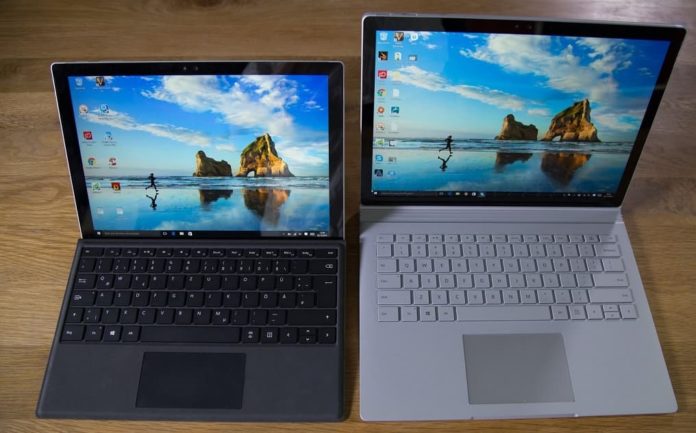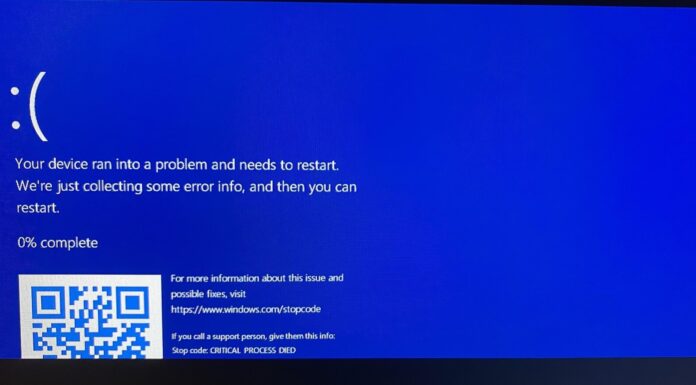In the late ’90s computer finally went mainstream, thanks to Microsoft’s PC on every desk goal. The ultimate modification to personal computing device finally came with the introduction of Laptops. But this was the end of that. Tech giants failed to introduce a smaller device with the power of a PC. Many ideas were floating around that time but they did not come to reality due to lack of technology. So they had to rethink a personal computing device which will be lighter, thinner and connected all the time. The result is in front of us now. We all know mobile devices (phones) dominates over larger, bulkier computing devices. Sooner or later this was bound to happen!
An analysis from IDC predicts that sales of PCs will drop by 2.7% for 2017. This downfall has been exponential for quite some time now and it will get even worse in 2018, with decrement rises its peak by 4%.
The decline is coming mainly from the desktop PCs and tablet markets, while laptops, detachables, and convertibles gaining some traction according to IDC.
Ryan Reith, program vice president with IDC’s Quarterly Mobile Device Trackers, noted: “Detachable tablets are expected to see double-digit growth from 2018 through 2021. Windows-based detachables already count for close to 50% of the volume in this category and this isn’t expected to change much over the duration of the forecast. Apple’s iPad Pro line-up will remain at 30-35% of the category with the remainder going to Google-based devices.”
It is a shame that computer OEMs failed to democratize detachable hybrids, which are still not a huge deal for a general consumer. These detachable hybrids represent 5% of shipment volume this year. The firms also predict that detachable PCs will grow to 9.4% by 2021.
Jay Chou, the research manager with IDC’s Quarterly Personal Computing Device Tracker, says: “IDC believes the shortage issues should ease as we head toward 2018. Despite shrinking demand overall, IDC remain optimistic the market can expect continued growth in emerging form factors such as convertibles and ultraslim notebooks, which when combined will form the dominant notebook form factor by 2019.”






















